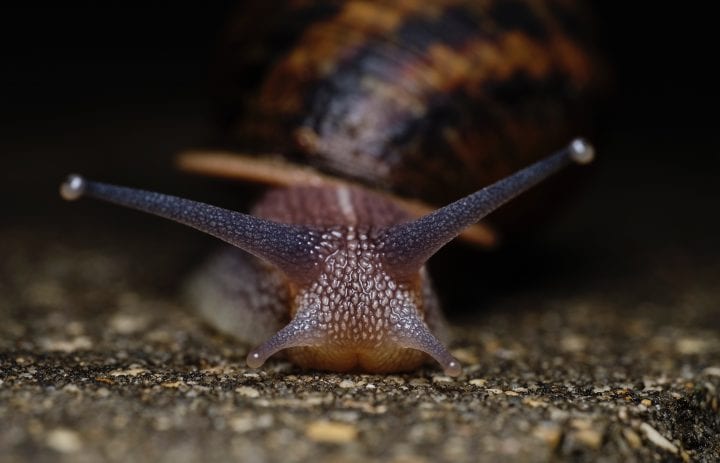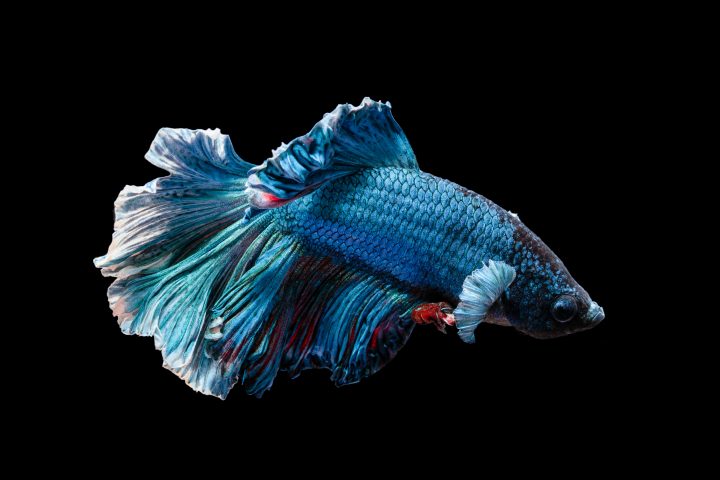Foam structure from Texas A&M University has a non-uniform porosity that improves its impact resistance.
Benefits
- Reduced costs
- Lightweight
Applications
- Armor and protection
- Packaging
UN Sustainable Development Goals Addressed
-

Goal 12: Responsible Production & Consumption
The Challenge
Foam is often used in helmets and other protective equipment to absorb impact, shock, and vibration. However, after an incident of impact, most helmets must be replaced, as the foam material is damaged. If foam equipment was more durable, products would be able to withstand impact without replacement, decreasing foam waste.
Innovation Details
The durable foam structure has a nonuniform pore distribution with an open-cell skeleton, which is generated through the Voronoi tessellation (a proximity diagram that divides a plane into regions). Essentially, the foam contains pores of varying sizes, giving it superior energy dissipation properties. When impacted, these pores collapse, absorbing shock and protecting the material from extensive damage.
Biomimicry Story
Fruits like grapefruit and pomelo have excellent damping properties due to the hierarchical organization of their peels. When pomelo fruits fall from the ground, air pockets within the peel collapse like a cushion, absorbing the energy of impact and protecting the peel from damage.






